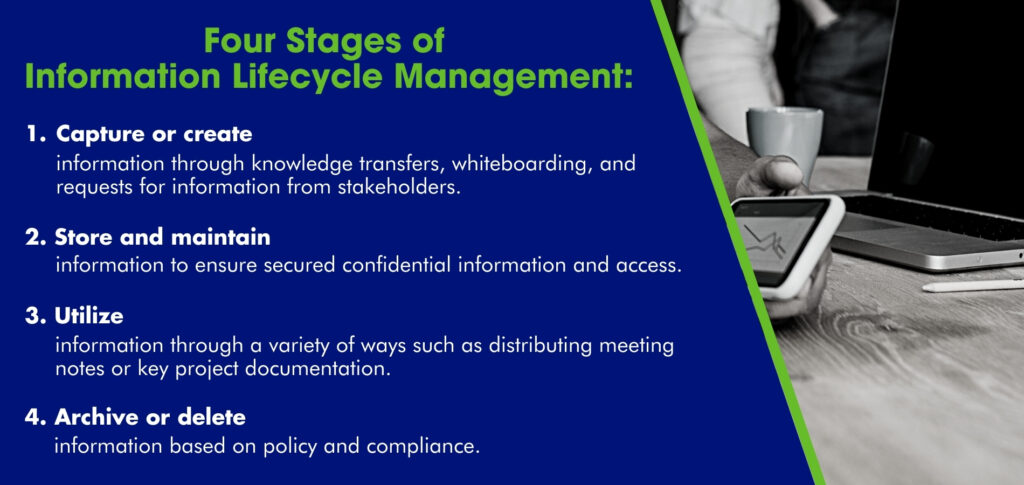Information Lifecycle Management (ILM) is the process that oversees data from creation through destruction to optimize its utility, reduce costs, and minimize compliance risks that data can introduce. Records are considered actual documents or information related to associated documents, like information used to satisfy a business need or business transaction. Each stage of the lifecycle offers a format change to ensure easier access and secure storage. ILM is used to align the business value of information with the infrastructure effectively.

The less time you and your team spend on gathering and analyzing data, the more efficient productivity becomes. These insights are gathered fairly quickly once a strategy is in place because the data won’t require validation or manipulation. If you want to improve these important processes, you need to be able to analyze your data and draw valuable insights from it. First, however, your data’s quality, consistency, and comparability must be maintained. This is described as your information lifecycle management strategy.
The creation and implementation of this strategy facilitate collaboration between areas of your organization since data is comparable and consistent. Key Performance Indicators (KPIs) are then used to highlight what is and is not working in the company. Over time, your planning and forecasting will be more and more accurate, which will benefit the organization as a whole.
At netlogx, we really take the time to get to know you and your business. We always begin with the end in mind because we believe you deserve a straightforward and proactive approach to information management. We don’t just look at where we can improve your processes; we also focus on the critical data that drives your business—allowing us to target the areas where your company can obtain the most value. Take the first step and request a consultation today!

netlogx is a leading consulting services company that helps government entities, businesses, and nonprofits operate more efficiently with our project management, business process consulting, and strategic consulting services. As a well-established woman-owned business with consultants across the country, netlogx leverages industry standard methodologies and best practices to support our clients and bring projects and visions to successful completion.



